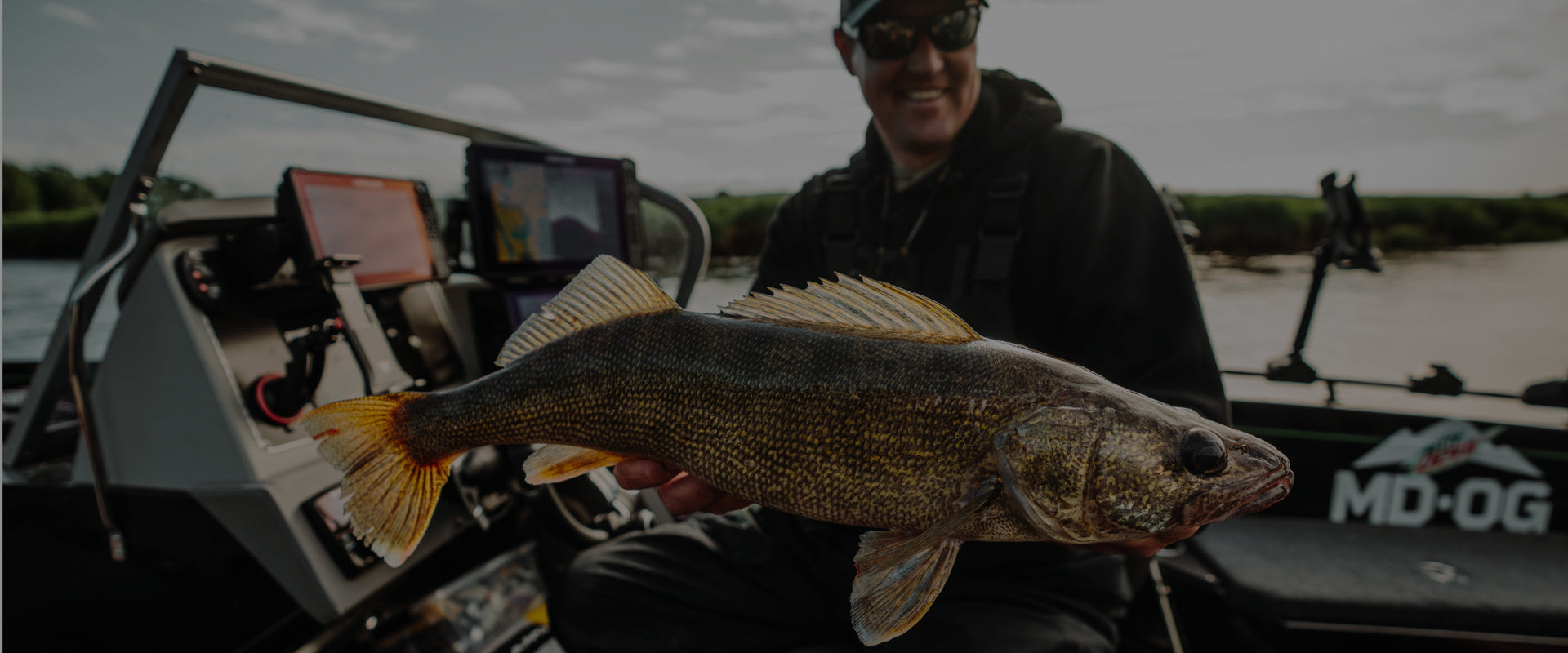
Get pro tips for catching walleye in rivers—find out which gear, bait, and techniques will give you the best chance...
Read More >
Deciding on what line to purchase for your specific fishing needs just got a whole lot easier! In this article, we will review the composition, pros and cons, and scenarios forutilizing monofilament fishing line – relied on and trusted by angers for centuries.
Already know what information you're looking for? Use our quick links to get you just where you need to go in this line guide so you can get back on the water faster.
Monofilament fishing line is the most widely used and versatile line on the water today. Made from nylon, monofilament fishing line is rather inexpensive and can be used on just about any style fishing reel. It’s ease of use, ability to stretch under pressure, and knot strength make it an easy line choice for anglers at any level and for any fishing application.
The diameter of monofilament line can vary depending on its strength, but it is generally smooth and round in texture. Additionally, the visibility of the line can also range from nearly invisible to colored (blue, green, fluorescent, etc.), which aids anglers in matching lines to specific water conditions.
Generally, monofilament is a top choice for all-purpose and all-level fishing situations, but there are certain applications where this line specializes:
While the applications and variations of Berkley monofilament line expand beyond what is listed in the chart below, this will give youan overview of the high-level types of line and most general guidelines for each to point you in the right initial direction:
Since monofilament line maintains the best stretch and flexibility, there are several acceptable knot tying methods for optimal success:
Monofilament has several advantages and specific properties that have resulted in its mass adoption in the angler industry:
While there are many benefits to using monofilament line, it is important to recognize the minor drawbacks to understand if this is truly the line for you:
All said, monofilament fishing line is reliable, affordable, and caters to a wide breadth of fishing needs. Not sure our Monofilament line is right for your next fishing adventure? Learn more about our other line type options to see if there is a better fit: